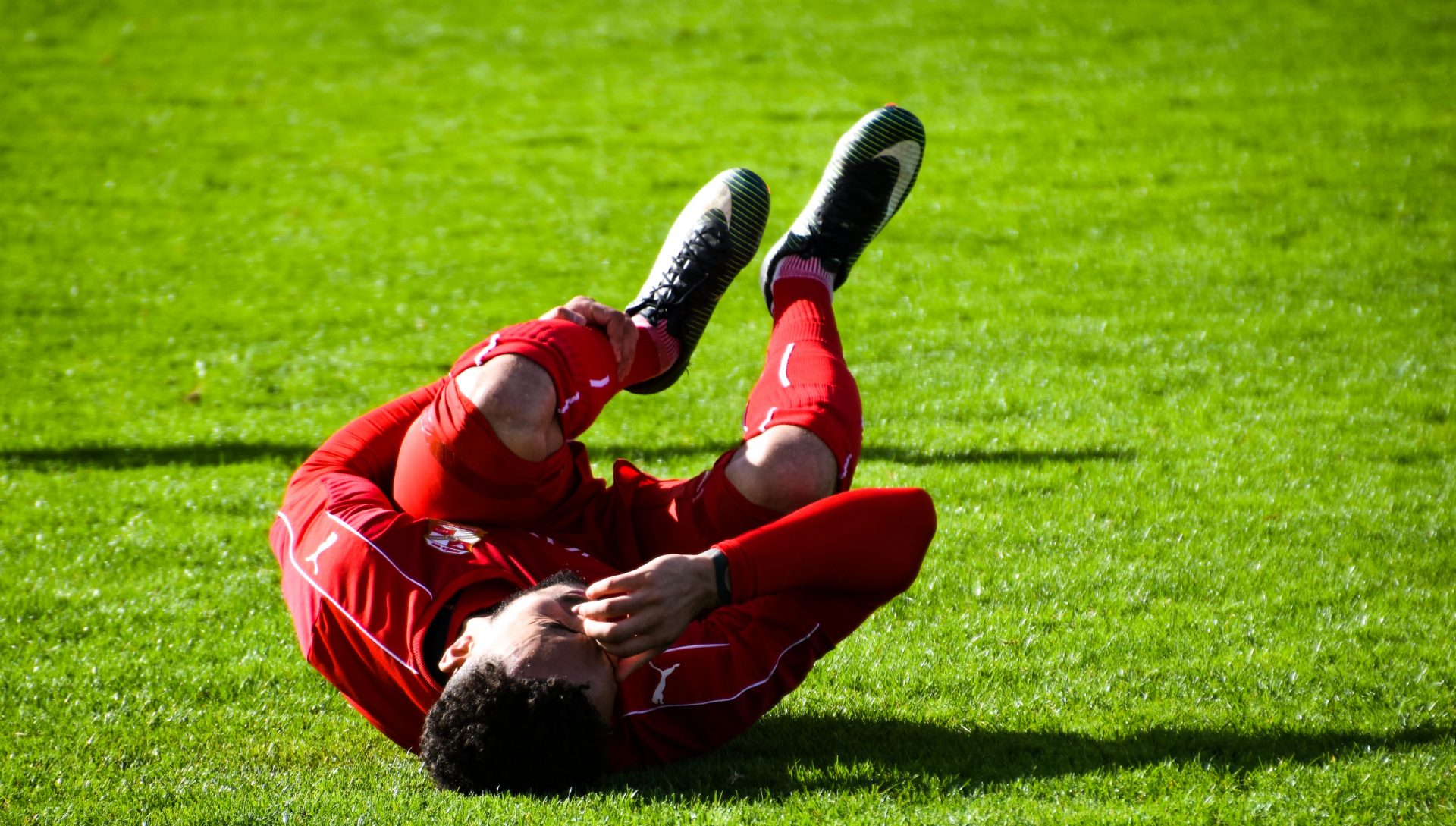So you’ve sprained your ankle. For some of us it could be the first time, and for others, maybe a few more. Ankle sprains are one of the most common lower limb musculoskeletal injuries1. Whether you’ve sprained your ankle before or it’s your first time, no sprain is the same. Even though you might feel pain in the same area as before, every ankle sprain is different and should be treated so.
We all know to slap on that ice pack following an ankle sprain. While there isn’t a whole lot of evidence to suggest that icing your ankle will improve its range of movement, the ice does help with swelling and pain in the short term when its combined with compression and elevation2. The swelling and pain you may experience depends on the severity of your injury. Swelling can be very uncomfortable but it doesn’t happen for no reason. It is a necessary part of the healing process because the bleeding brings all the necessary chemicals to repair damaged structures3.
Another option for controlling swelling and function is the use of functional braces or supports. Immobilisation of the ankle is generally not recommended. Functional braces or supports will support you as you do basic movements that assist your body’s natural healing mechanisms5. These can include weight-bearing exercises as tolerated, range of motion exercises and walking.
If you’ve injured your ankle and are concerned, see your physiotherapist to rule out any serious injuries like a fracture and to improve your healing process. He/she may refer you for an X-ray but this is rare. Your physio will then start you on functional rehabilitation exercises and fit you out with an ankle support or brace depending on your injury so that you can return to function and/or sport earlier4.
References
- Kamper SJ, Grootjans SJM. Surgical versus conservative treatment for acute ankle sprains. Br J Sports Med. 2012; 46(1): 77 – 78.
- Kerkhoffs GM, van den Bekerom M, Elders LA, van Beek PA, Hullegie WA, Bloemers GM, de Heus EM, Loogman MC, Rosenbrand KC, Kuipers T, Hoogstraten JW. Diagnosis, treatment and prevention of ankle sprains: an evidence-based clinical guideline. Br J Sports Med. 2012; 46(12): 854 – 860.
- Prophylactic misuse and recommended use of non-steroidal anti-inflammatory drugs by athletes. Br J Sports Med. 2009; 43(8): 548 – 549.
- Eiff MP, Smith AT, Smith GE. Early mobilization versus immobilization in the treatment of lateral ankle sprains. The American journal of sports medicine. 1994; 2
- Bleakley CM, O’Connor SR, Tully MA, Rocke LG, MacAuley DC, Bradbury I, Keegan S, McDonough SM. Effect of accelerated rehabilitation on function after ankle sprain: randomised controlled trial. Bmj. 2010; 340: c1964.
- Al-Mohrej OA, Al-Kenani NS. Acute ankle sprain: conservative or surgical approach?. EFORT open reviews. 2016; 1(2): 34 – 44.

